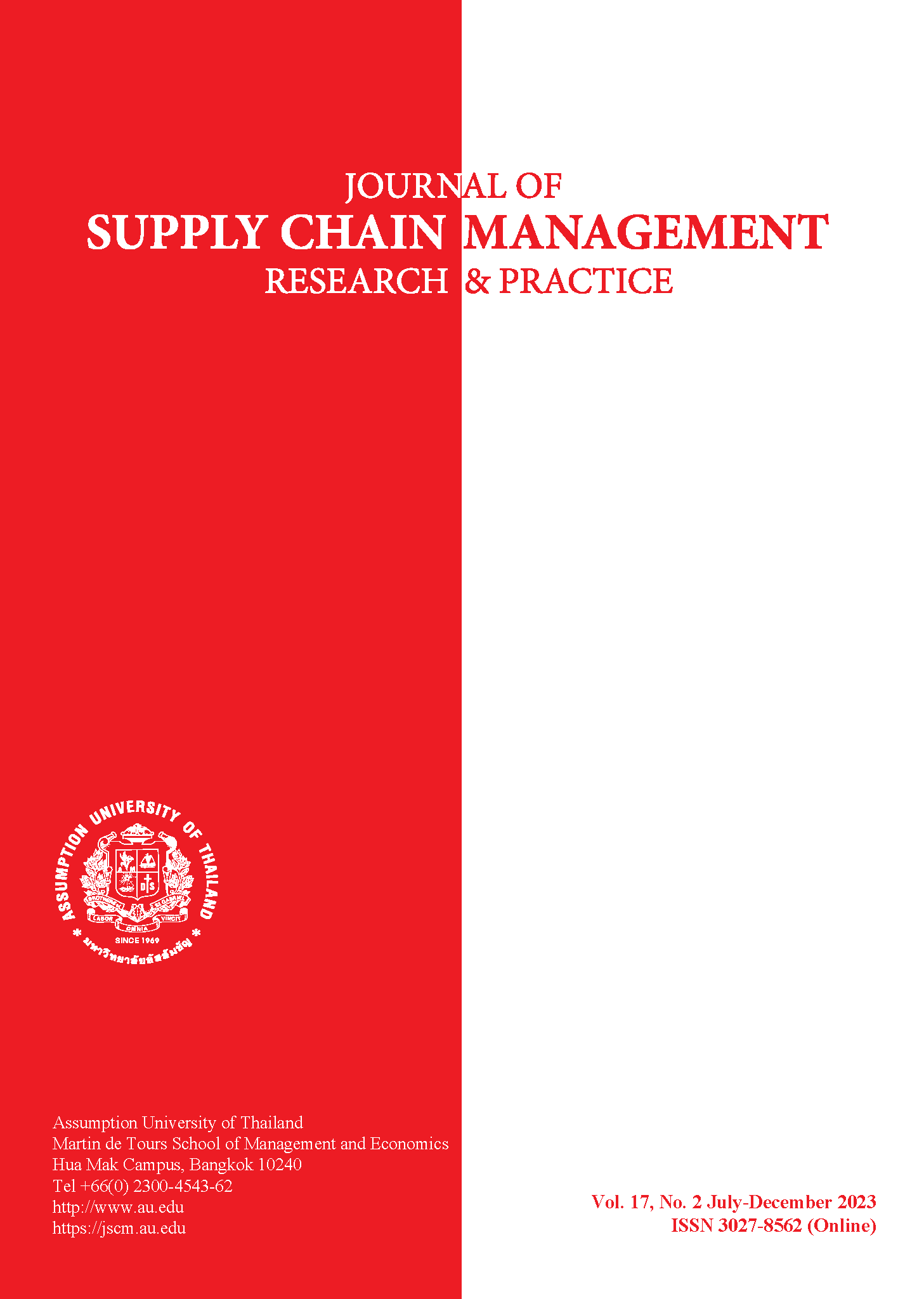SUEZ CANAL LOGISTICS HUB: COMPETITION AND CHALLENGES
Abstract
The Suez Canal is continuously developed to accommodate modern ships whose draft reaches 66 feet. The Canal has four double-lane sections containing six bypasses with overall length 193.3 km. The canal provides the shortest route between Europe and the Far East in terms of distance, fuel consumption and operating costs. The canal allows the transit of ships in both directions and is attracting more shipping lines and shippers. However, alternative routes to move trade from North West Europe to the Far East exist, including Panama Canal, Northern Sea Route (NSR) and Cape of Good Hope. Hence, the Egyptian government has recently set executive steps for a national project that aims at developing the Suez Canal zone to become one of the world’s leading logistics hubs. In recent times hubs have become essential for improving traffic as they provide shipping lines with adding value logistics activities and services. The purpose of this paper is to discuss how the Suez Canal zone can be further developed as an international hub to retain its monopolistic position for world trade.


